Previously, we discussed how Trust & Safety teams can be more proactive, how they can effectively leverage criminal data, and how in-person marketplaces and online communities can implement best practices from real-world examples.
Now, we’re diving into Trust & Safety by design, the idea that safety practices and processes can be built into the user journey. How and why should these considerations be considered up front as part of the design of the product and customer experiences?
To hear our panel of Trust & Safety leaders and product experts tackle these questions, watch the full conversation in the recording below or read on for our webinar recap.
Meet the speakers:
Abigail Adu-Daako, Trust & Safety Policy Specialist at Wikimedia Foundation
Gilad Horev, VP of Product at Tessera Data, a Checkr company
Eric Timmreck, Director of Trust & Safety at OfferUp
Lynn Perkins, Co-Founder and CEO of UrbanSitter
Key takeaways
- Implementing a Trust & Safety approach yields more effective solutions, better user experiences, and better products.
- Where and how checks are implemented affects the impact they have.
- User feedback and data go a long way in achieving buy-in from key stakeholders.
What is Trust & Safety by Design?
Trust & Safety by Design is an approach that integrates user-focused trust and safety principles at the earliest stages of product and process development.
Rather than being an afterthought, making Trust & Safety considerations from the get-go yields more effective solutions, better user experiences, and better products.
Practically, Trust & Safety measures in general aim to protect vulnerable populations and prevent bias, abusive behavior and content, and discrimination.
The panel emphasized three key principles in this design approach:
- Proactivity: Embedding safety measures into early design stages and preemptively mitigating risks.
- Human Centric: Involving stakeholders (including users) in all problem-solving stages, from understanding issues to implementing solutions.
- Transparency: Ensuring clear policies and user controls, with an emphasis on openness and easy comprehension.
Translated into product features or processes, these principles can look like user ratings, activity and trust badging, involvement from cross-functional teams, and leaning on user feedback and behavior to influence products.
How and Where to Use Trust & Safety Checks
Where you implement safety checks benefits the user experience in different ways. If you’re new to this or would like more guidance, you’re in luck. Part of our Safety Screening offering at Tessera is a consultative, design-thinking approach – meaning Gilad and our broader Product team work closely with our customers to ideate how best to use our data signals and where they can bring the most value.
Sound interesting? Drop us a note to start the conversation.
Below, we outline common touchpoints for teams to consider.
Prevention and Safety
This area focuses on proactive measures to help ensure safety. Typically, checks in this category will occur at the beginning of the user journey or may restrict certain user actions.
Example: Lynn Perkins spoke about adding initial Trust & Safety checks at UrbanSitter, an online caregiving platform. This resulted in users with faster response times and lower cancellations. These results suggested that some friction during onboarding separated those with mild interest from those with high intent.
Trust and Confidence Building
Here, the emphasis is making it easier for people to trust each other. Platforms may use trust signals during the user journey or as part of the user experience.
Example: Abigail Adu-Daako outlined how Wikimedia hosts consultation periods with community members on new policies and products to gather feedback and offer transparency into why certain actions may or may not be taken based on the feedback. This practice builds community buy-in and trust through engagement and transparency.
Incident Management and Resolution
This means helping to address or manage possible Trust & Safety issues that might arise. These measures are usually reactive and are triggered by incidents after they have already occurred.
Example: Eric Timmreck spoke about how OfferUp builds multiple types of responses depending on incident severity. If a user tries to sell a food item, not allowed on the online marketplace, the response is different from a higher severity incident, such as someone posting threatening content.
Challenges and How to Get Buy-In
As with implementing any kind of process, a design-forward approach for Trust & Safety presents its own unique challenges. However, the panelists agree that user feedback and data go a long way in achieving buy-in from key stakeholders. Below are other challenges companies may face and potential ways to address them.
Challenge: Implementation requires a shift in thinking and in the hierarchy or priorities within a team.
Try: Gathering user feedback and executive championing can help.
Challenge: More time and resources are required both up front and in supporting these efforts. Staff might need additional training to understand the complexities of managing user trust and safety effectively.
Try: Highlight paybacks in efficiency, less work down the line, and better user experience.
Challenge: Cross functional alignment and processes can be difficult to achieve.
Try: Consult relevant stakeholders earlier in the process to discuss risks, trade offs, and priorities.
Challenge: Injecting Trust & Safety measures without compromising the user experience can be a delicate balance to maintain.
Try: Monitor user behavior, data, and feedback and adjust or make changes as needed.
Real-World Trust & Safety by Design Examples
Wikimedia
Abigail Adu-Daako spoke about gaps in existing Trust & Safety processes at Wikimedia that made it difficult for staff to identify who the relevant teams were, how to seek specialist advice on new products and projects, and what communication channels to use.
The solution was a unified Service Center available to staff to seek guidance and ongoing advice on new or existing projects, products, features, or services that required visibility from multiple teams. The Service Center helped save time and ensure alignment and a shared understanding of progress and expectations.
UrbanSitter
Lynn Perkins shared that UrbanSitter leans heavily on user behavior to influence features and trust signals. For example, families on the caregiving platform cared about word-of-mouth referrals, so adding social connections (“4 parents from your preschool have booked this sitter”) translated to conversion metrics. Performance metrics, such as response time, cancellation rates, and repeat family data, are also used as trust signals.
As a two-sided marketplace, UrbanSitter also takes the safety of their providers seriously by asking them questions like, “Did you feel safe in the home? Would you return?” In addition, the platform provides statistics about families that illustrate that a family has repeat sitters, good reviews, etc.
Finally, Perkins highlighted the importance of proactively providing support, clearly defining an escalation process, and practicing in advance.
OfferUp
Eric Timmreck described how OfferUp brings together multiple sources of information related to trust to empower and protect users. Timmreck highlighted the effectiveness of multiple sources, such as user badging, opt-in verification, “Compliments” (user generated content), and account & item reporting, to provide accurate information.
Timmreck explained how these sources boost good users and content while making it challenging for bad actors to thrive on the platform.
Learn More + Tessera Safety Screenings
If you found this information helpful and want to learn more, or if you’re ready to explore ways that Tessera’s Safety Screening offering can benefit your Trust & Safety processes, policies or user experience workflows, we’d love to connect.
Our Safety Screening solution is built for Trust & Safety teams – it’s cost-effective (tens of cents), instantaneous, and highly customizable to ensure we’re screening for the most relevant crimes (keeping your community both safe, but also doing so in a fair and relevant manner).
Thanks for tuning in, and we’ll hope to see you online again soon 🙂




